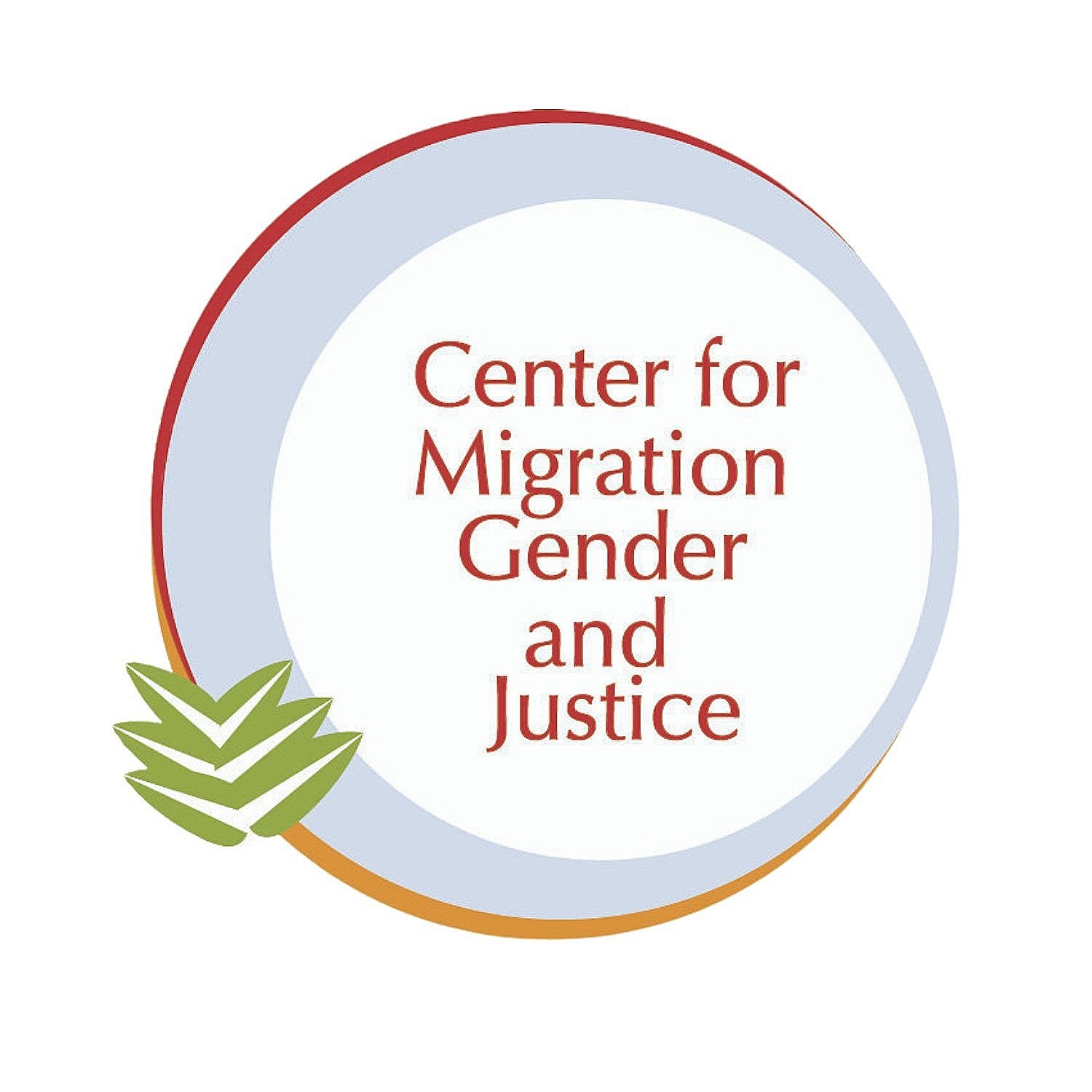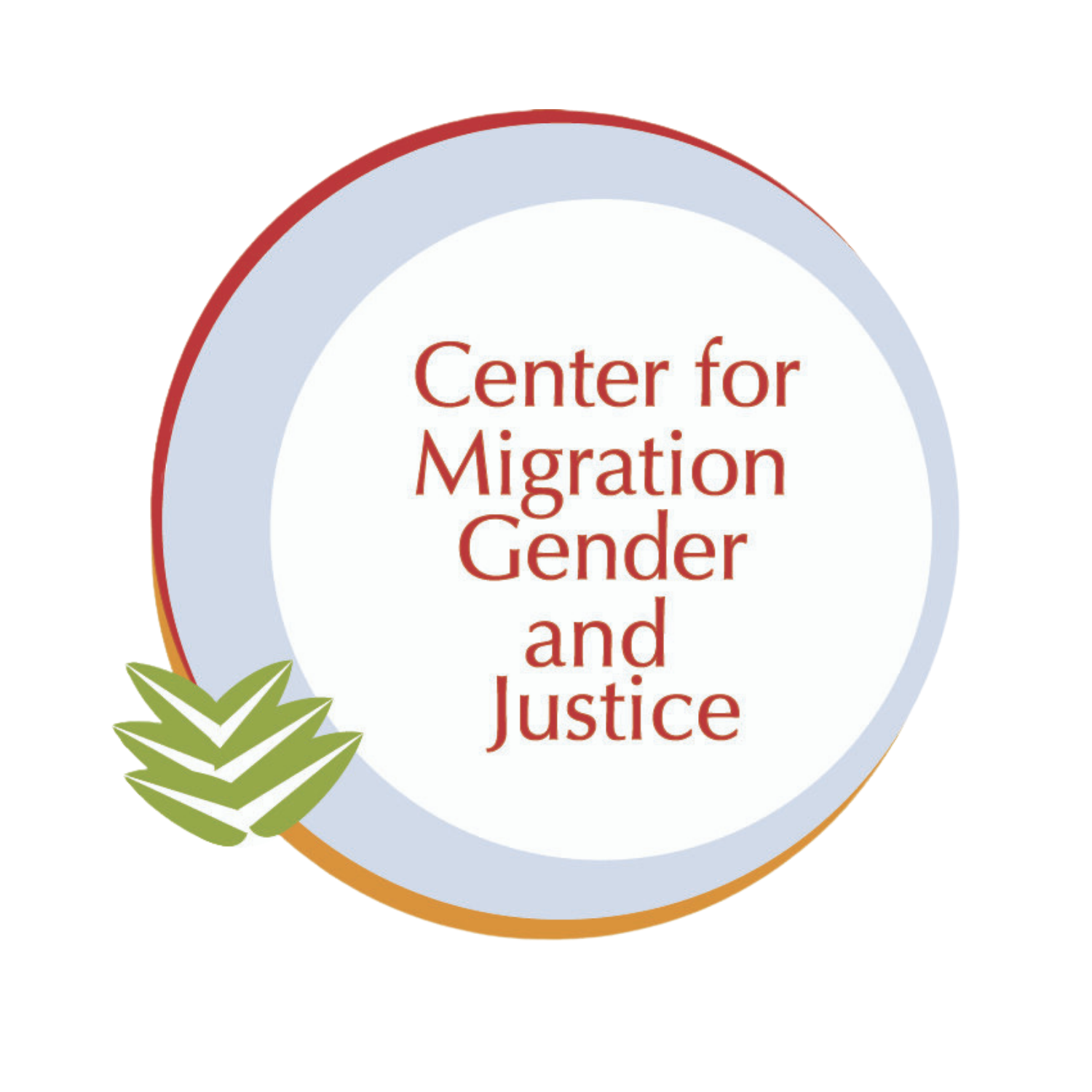What the “Gender Justice Beyond Borders” - Migrant Youth Leadership Program (MYLP) means to us!
A conversation with Lara-Zuzan Golesorkhi, Miriam Aber and Isha Mandal
As a migrant woman and a woman of color in Europe, understanding and navigating the societal and bureaucratic spheres of policy and advocacy has not always been easy… Knowing my rights, advocating for them, and navigating policy spheres where these intersections are often ignored inspires me to do this work. - Isha Mandal, MYLP Program Youth Coordinator
The “Gender Justice Beyond Borders” - Migrant Youth Leadership Program (MYLP) trains migrant youth (18-30 years) for collective action at the intersection of migration and gender. The six-month program consists of three components (June - December 2022): Education, Research, and Advocacy.
In 2022, the MYLP focuses on migrant domestic workers (MDWs) in Europe within the framework of the International Labor Organization (ILO) Convention C190 on harassment and violence in the world of work. The program results in the curation of the “16 Days of Activism Against Gender-Based Violence Campaign,” consisting of an educational social media series, an advocacy event, and a research publication.
Who are you and what is your capacity in the MYLP program?
LZG: Dr. Lara-Zuzan Golesorkhi, Founder, Executive Director, and Advocacy Director at CMGJ and Director of the MYLP
Miri: Miriam Samira Aber, Vice Executive Director and Research Director at CMGJ and Program Youth Director in the MYLP
Isha: Isha Mandal, Program Youth Coordinator in the MYLP
How did you initially have the idea to create the program and what motivates you to organize it?
LZG: As an educator, scholar, and activist - and most importantly, as a migrant woman - I was motivated to create a program by and for migrants that combines education, research, and advocacy in the fight for gender justice beyond borders. The initial idea for the program was thus informed by my professional and personal experiences.
Miri: The fight for justice at the intersection of migration and gender is fought by people of various backgrounds, yet often the voice of young people isn’t heard or represented as much as it should, although youth brings innovative and impactful ways of change into the discussion. We wanted to create a program that equips migrant youth leaders with the tools and knowledge to advocate for human rights at the intersection of gender and migration.
Isha: I joined MYLP as a participant in the last cohort (2021). As a program that aligns theoretical and practical learning with lived experiences, the MYLP helps migrant youth, like myself, to navigate policy that affects me. Providing a capacity-building platform that supports migrant youth leaders in advocating for themselves motivates me to be a part of this program - this time as part of the CMGJ team.
Why are you personally interested in the intersection of migration and gender?
LZG: Because it is my life. As a former migrant youth growing up in Germany and now as a migrant woman in the USA, I am committed to provide opportunities that I never had and I am grateful for the impact that the program has made. Much remains to be done in the fight for gender justice beyond borders and the MYLP is an important part of it!
Miri: For me, true equality and gender justice can only be achieved by taking in and acknowledging the intersectionalities that lead to different degrees of inequalities and injustices. Life isn’t experienced in binaries, that’s why upholding equality and justice in our daily lives, our laws, and our societies cannot be thought of in binary ways. Neither should our advocacy.
Isha: As a migrant woman and a woman of color in Europe, understanding and navigating the societal and bureaucratic spheres of policy and advocacy has not always been easy. More so, because there was a time when I didn’t understand the intersectional nuances between migration and gender. Knowing my rights, advocating for them, and navigating policy spheres where these intersections are often ignored inspires me to do this work.
In what way does the topic of domestic work relate to migration and gender for you?
LZG: Domestic work presents a highly segregated employment sector based on intersectional aspects such as gender, migration status, race, ethnicity, and nationality - often with very limited protections as less than 40% of all national labor laws globally protect domestic workers. In the case of women migrant domestic workers, labor is tied to migration status and labor is tied to the private household - two areas with high risks of human rights abuses.
Miri: The pandemic has shed even more light on the unequal distribution of care work and the gendered aspects that drive this inequality. In the field of domestic work, this comes into play in the working environment. Looking at the domestic work sector from an intersectional view that takes into account gendered migration experiences, we find heightened vulnerabilities and marginalization of women migrant domestic workers.
Isha: Migrant domestic workers often face higher risks of labor and human rights abuses. In addition to physical, psychological and sexual abuse, they are often faced with isolation, employer-dependence, and indecent working conditions with little or no access to social protections in their destination countries.
What have you learned from the previous run of the MYLP?
LZG: Youth perspectives in migration discourse and politics are imperative. In reflecting on the outputs of last year’s program, this becomes evidently clear. For this second rendering of the program, we will even further amplify these perspectives in the co-curation of the 16 Days of Activism Against Gender-Based Violence Campaign.
Miri: From a practical point of view as the Program Youth Director, I would say that the previous run made us realize how we might have to adjust the program to accommodate as many different levels of expertise and backgrounds of the participants.
Isha: As a participant in the previous MYLP, I remember leaving every session feeling inspired, motivated and ready to take on the world. The relevant course materials, research training, constant encouragement, and advocacy strategies gained have helped me grow both personally and professionally. It’s the fostered sense of community that made me come back to MYLP.
What was your favorite aspect of the 2021 MYLP and what do you hope for this year’s program?
LZG: The love and care we expressed for each other throughout the program. We truly created a community of migrant youth leaders that learned from and with each other - and still continue to do so! For this year’s program, I hope that we can make this community even stronger.
Miri: During the first run, I was constantly impressed by the ideas and thoughts of our participants and I took away a lot from the discussion sessions with them. I can’t wait to learn from this year's cohort.
Isha: As a former participant and now as part of the organizing team, I am excited and motivated to share my experiences and facilitate capacity-building for the next generation of migration youth leaders.

